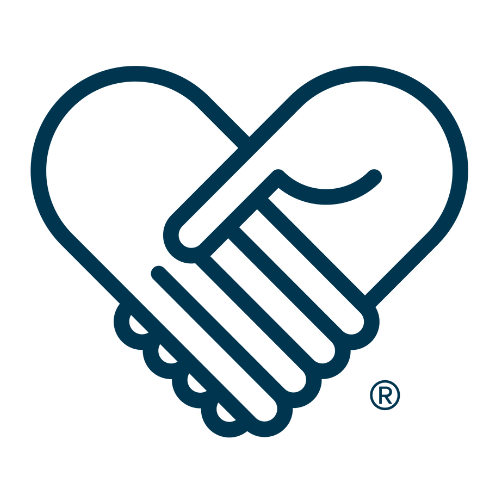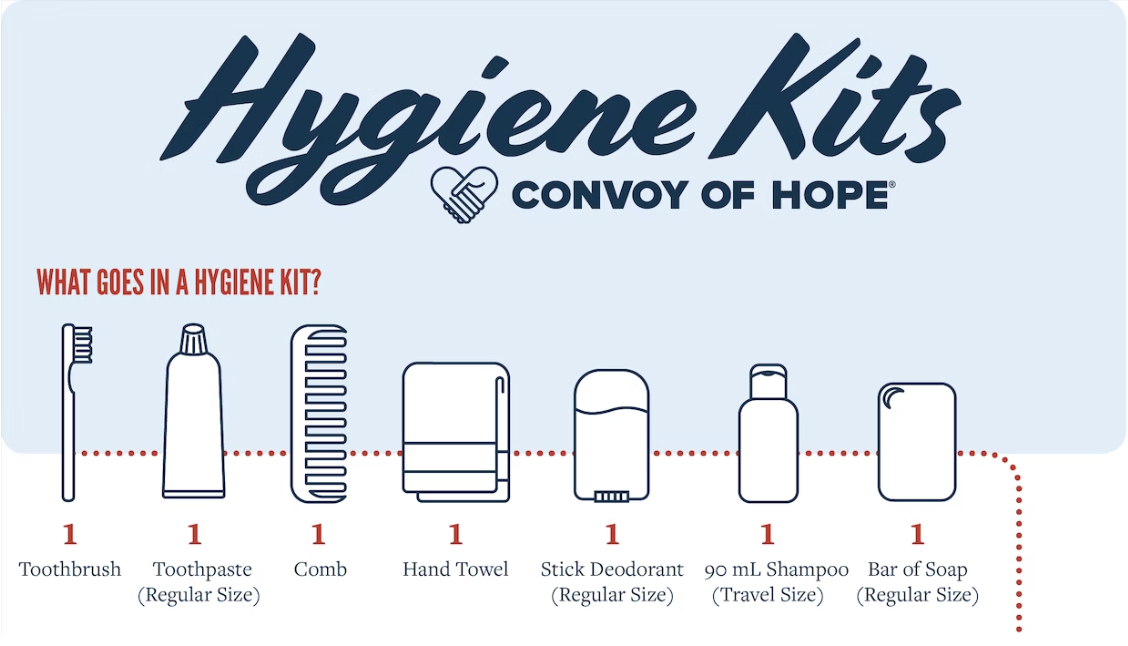Family Preparedness Kit
Preparedness is not merely putting aside a case of water and some ramen noodles. It requires us to think through scenarios, try to anticipate potential needs, and take practical action toward preparing for those needs.
A well-prepared family is more resilient to a disaster and better equipped to help those around them.
The Family Preparedness Kit takes the basics of survival, as well as other commonly recommended items for an emergency supply kit, and breaks them down into five phases. You can add each section to your kit individually, one week at a time or create your kit all at once. It’s not a matter of how quickly you complete your kit, only that you do.
This article should help you prepare your family if you need to be self-sufficient for three days. Every family is unique and has different needs and preferences, so feel welcome to add things to your kit that you think would make your family better prepared in the event of an emergency.
-
Store a minimum of 4 litres of water per person per day for three days. During disasters, water is primarily used for drinking and sanitation. Remember, children, nursing mothers, and individuals with medical conditions may require more water per day. If you live in a warm climate, additional water also may be necessary. Water should be stored in clean, tightly sealed plastic containers. Rotate the water supply every six months. Water can be frozen in plastic containers and, in disaster situations, placed in coolers to keep perishable food and prescription medications cool. It can then be consumed as drinking water when it melts. Be sure not to overfill bottles to avoid breakage when water freezes.
-
Store at least a three-day supply of nonperishable food for each person in your household. Select foods that require no refrigeration or water for preparation. Choose foods your family will eat and enjoy, but be aware that some foods such as chocolate and caffeine cause dehydration. When planning your food needs, remember children, nursing mothers, and individuals with allergies or medical conditions may have specific dietary requirements or restrictions. Be sure to include a manual can opener and eating utensils in your kit.
-
Add blankets, sleeping bags, sturdy shoes, rain gear, and an extra set of clothes for each family member to your kit. If you live where severe winter weather is possible, add gloves, hats, coats, and thermal long underwear for each person. Items like sleeping bags, rain gear, and sturdy shoes can be used for other family activities and, when not in use, stored with your preparedness supplies for quick access.
Get one flashlight and extra batteries for each person in your household. Heavy duty or alkaline batteries have a shelf life of 5 years, while lithium batteries may last as long as 10 years. Remember, once a battery is placed in a flashlight, it can lose its charge in as little as 6 months.
-
Include two to three N95 masks for every person in your family. In some emergencies, tiny microscopic particles can be released into the air. Flooding can create an airborne mould, explosions can release fine debris, and (in a biological threat) germs may be released that can make you sick.
For every member of your family, have a separate large ziplock bag filled with personal hygiene items. A complete list of hygiene items will be added at the bottom of this article.
Make sure to have a complete first-aid kit. It should include latex gloves, sterile dressings, antibiotic ointment, cleansing agents, a variety of adhesive bandages, and non-prescription drugs.
Have at least a week’s worth of your prescriptions on hand. Consult your doctor or pharmacist to see what else you may need and how to store extra prescription medications, such as insulin or heart and blood pressure medicine.
-
Your Family Preparedness Kit should include important documents stored in a box that is portable, waterproof, and fireproof. Make an extra copy of all important documents and, if possible, store it with a trusted family member or friend. Consider scanning documents onto an external hard drive. It’s also a good idea to include a copy of a utility bill for proof of residence should you have difficulty re-entering your neighbourhood or applying for different types of aid post-disaster.
Pack supplies for each household pet and service animal. Take pet food, bottled water, pet medications, veterinary records, cat litter/pan, can opener, food dishes, and any other essential pet-related items with you. Include a recent photo of you and your pet in your Family Preparedness Kit to help document ownership if you are separated.
STORING YOUR FAMILY PREPAREDNESS KIT
Store your family preparedness kit in a cool, dry location in your home. Pack items into clean, sturdy totes.
Remember to keep your kit up-to-date with the latest documents, unexpired food, and relevant weather attire.



